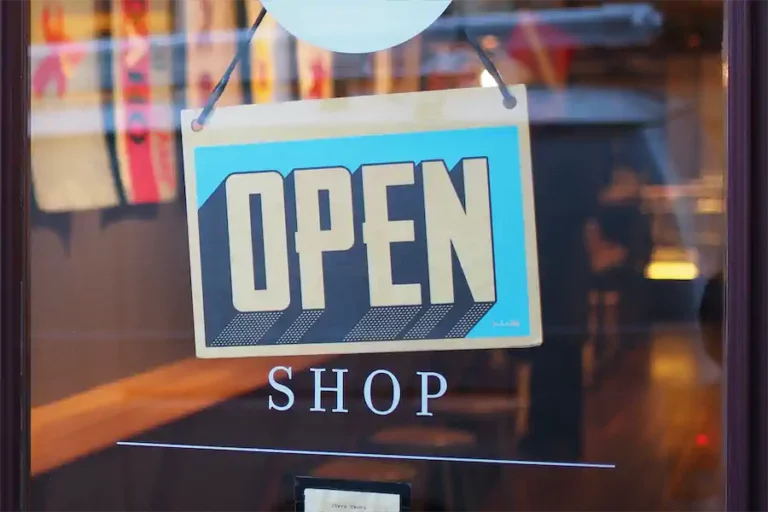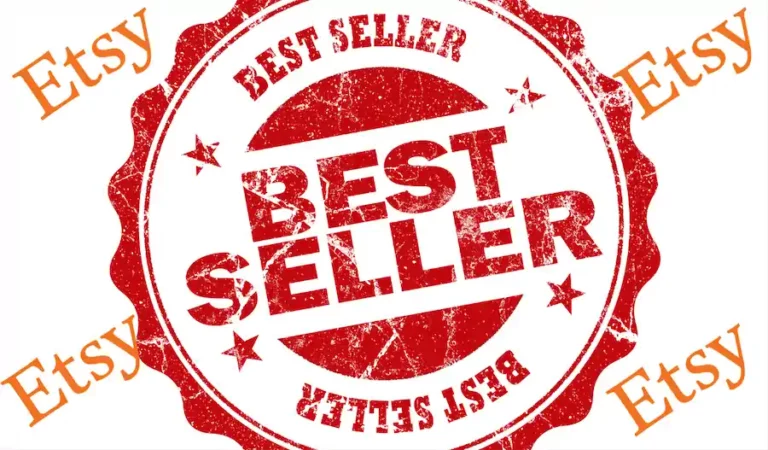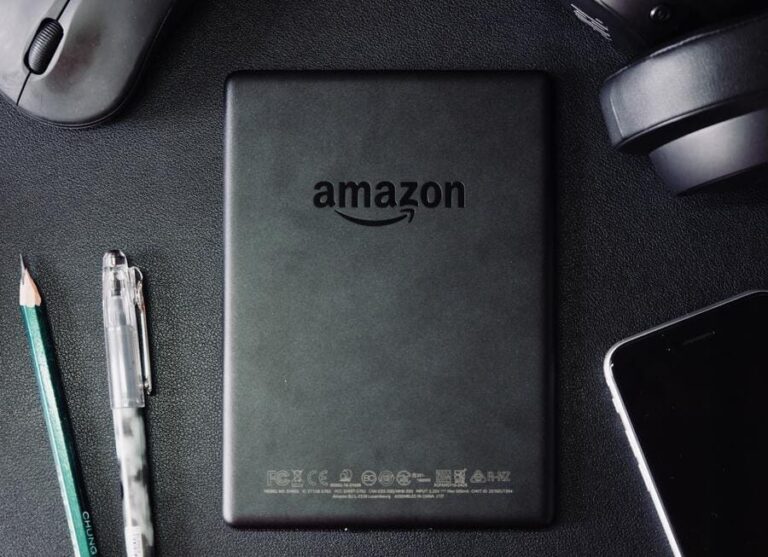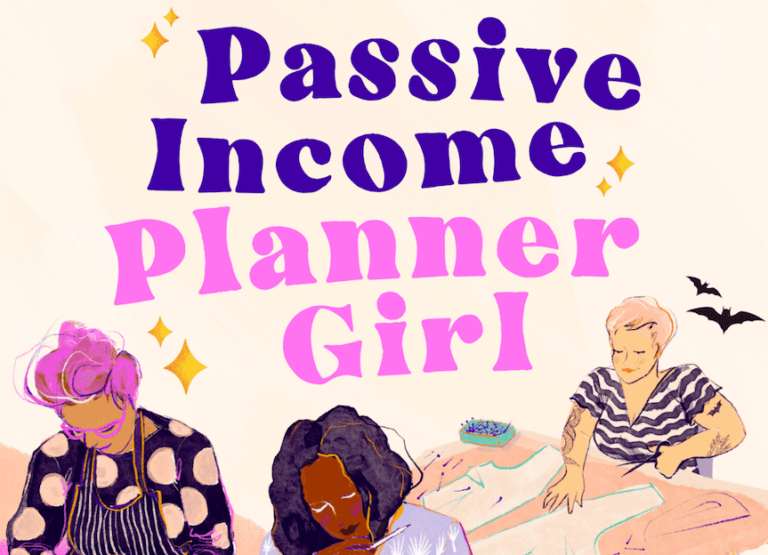Here are the most profitable Ebooks you can write
[Disclosure: this post may contain affiliate links, this means I get a commission if you decide to make a purchase through my links. This is at no cost to you. Please read my disclosure information for more details.]
Are Ebooks profitable? Writing can be the most exhilarating experience you ever have and seeing your work published is a great feat. An even greater fit is actually making sales on that book.Research says that the average self published book only sells 250 copies in its lifetime.However I see writers like Hope Ford and I.T. Lucas on the best sellers lists selling like crazy.
What determines whether your book will be profitable is how well your author platform and marketing are. These days even traditionally published authors have to up their game because publishers are not doing a lot of marketing for you unless you are a big name, guaranteeing sales.
Let’s talk about some of the most popular categories in Amazon.com so that you can get inspired and start working on that next ebook.
Most Popular categories in Amazon
Religion and Spirituality
I was surprised to see that this was a top favorite, but I shouldn’t have been because these topics generate a lot of controversy. People are passionate about their beliefs and learning more about them is the natural next step.
Spirituality differs from religion because it’s mostly an individual practice that looks to satisfy a need for peace and purpose.
Literature & fiction
This category in Amazon encompasses a lot of sub genres like mystery, thriller, horror and romance. The romance genre is very popular and known to be a moneymaker. However the authors that write this genre tend to be very prolific (using rapid release strategies for publishing their books). It can be almost disheartening to someone looking to break into the industry.
Biographies & memoirs
I belong to several author groups in Facebook, and I’ve seen numerous accounts of people wanting to write their memoirs. I often wondered why I would want to read that, until I wrote my own version of a memoir. It’s disguised as a self help book but in truth it’s a testimony of my life with depression. And believe me, there are things in that book you will need if you suffer from depression or know someone and want to understand what they go through when they are in a dark place.
The truth is a lot of people have conquered insurmountable obstacles and their stories can bring awareness, understanding and encourage others who are facing the same dilemmas.
Self-help
This is a delicate category because your expertise is important to how well your book sells. My self help book was on depression and I made it clear that I was not a mental health expert, that these were just my experiences. I don’t expect that book to be a best seller or even a seller at all, it was a book from the heart.
But not all topics are life or death or what Google calls “Your Money or Your Life”. That basically means certain topics like health and financial advice are more valuable and therefore need to be higher quality.
Non-fiction
This category encompasses a lot of topics that can help you in your life and in your business. Self-help can be considered non-fiction. Business books and tech books are best sellers because they offer a great transformation to the reader. By the end of the book the reader has new strategies to use in their business or in their personal life.
Short books are all the rage these days in non-fiction. Anywhere from 60-100 pages to be exact. Readers want content they can consume in an hour or two, not books full of fluff.
Children’s e-books
There is quite a variety of children’s books on Kindle, and most of them are offered on Kindle Unlimited (Amazon’s subscription service).Writing for children is a completely different experience than writing other types of fiction. You have to be concise and guide the child through a learning experience and generally you don’t include subplots and such (unless you are going into chapter books or middle grade.
There are several courses out there on how to make children’s books and I advise you check at least one out in order to see the complexity of the topic.
Cookbooks, food, and wine
Food is one of the greatest pleasures in life so it’s no surprise that this category makes the list. I would suggest if you are interested in writing a cookbook or food guide of some sort, that you niche down to something quirky or unique.
You could write about foods from a certain area of the world or a specific community. With this topic, however, you’ll need some good photography to demonstrate your recipes. As a matter of fact it might be more profitable to make it a beautiful PDF and sell it on your website or Gumroad.
Low Content Books
This type of books can be under different categories. Low content means that there’s no content like in a sketchbook, a notebook or a daily planner. Medium content books like coloring books or activity books for kids are also very popular.
I’ve tried my hand at them with no success. They experts claim it’s all about the keyword research and finding the right niche. I’ve taken several courses but just don’t get the hang of it. There are people making thousands of dollars a month with low content book – or so they claim. These books are simple to do in graphic software like Canva but you can use other software like Adobe Creative Cloud or even Affinity products.
These books, however, have a high probability of getting your account shut down if you use free materials from the internet, so you have to make sure your content is original.
Publishing Options
Publishing a book is no longer the ordeal it was with self-publishing. The problem is, anyone can publish a book! I have two published in Amazon, but I’m no world renowned expert in either WordPress or depression, which are the topics I wrote about.
Like I’ve mentioned before, building an author platform is of utmost importance if you want to make good money selling books.
Traditional publishing
This type of publishing can be, in a word, scary. I’ve heard a lot of sad stories of authors submitting their works for years (and we know a few who are now bestselling authors) and not gaining any traction.
Here’s the deal. In traditional publishing, you have to either get an agent to sell your work for you or try and sell it yourself. Some editors don’t want contact with authors, so they prefer going the literary agent route.
When you are publishing traditionally, the publisher gives you an advance and helps you in many areas of your publishing journey. Especially with editing (all types – copy editing, developmental editing, structural editing, line editing – not necessarily in that order) and your cover. It used to be that they helped a lot with marketing, but now they tend to support the big names in that, not the little guy.
Self-Publishing
The dream of every author! To not have to be a slave to the submitting process to editors and get rejected over and over again until your spirit dies out. Ok, I’m being a bit dramatic, but you have to have a lot of resilience to go with traditional publishing.Now with self-publishing a lot more authors are able to put their ideas on paper and get their message across.
Some authors have said they dabble in both for different series in their fiction books, so you don’t have to “only” self publish, you can do both.There have been authors whose book sold so well when they self published that big publishers then offered them a contract.
Here’s the thing. Just because you are self-publishing, doesn’t mean you are allowed to publish a crappy book. You’ll have to go through the same process of editing and proofreading your manuscript and polishing it up as many times as needed before submitting it to a marketplace. And when in doubt, yes, you need to hire someone to do your cover. There is a big difference but you can use Fiverr.
Amazon
When you hear self-publishing you might immediately think of Amazon. With Kindle they made self publishing a breeze for authors. All you have to do is format your manuscript correctly, get your cover done with their measurements, upload and price it, and it’s ready for review.
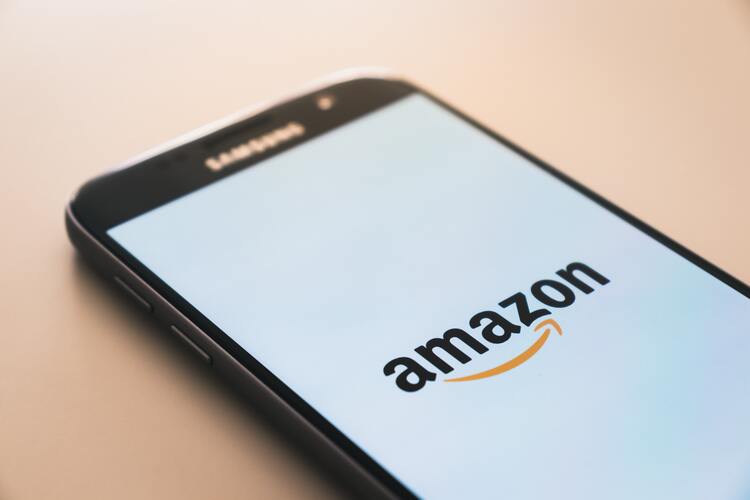
There are a few little wrinkles, however. Amazon has a strict Terms of Service an if you break any of their rules you can get your book unpublished or you can get your account shut down.
The important thing is making sure you have the rights to publish your content, even the graphics on your cover need to be licensed and you need proof if they ask for it. Amazon closing an account is no joke. Just last year they closed down the big coloring books publisher Jade Summer for several weeks until their legal department was able to sort things out. They are a big seller on Amazon. So, no one is immune.
Going Wide
If you have done a bit of research about self-publishing, you might have found out that there are other companies, besides Amazon, that offer this service, like Smashwords and Draft 2 Digital. They are called self publishing aggregators and they help you publish your book, then distribute it to different channels like Barnes & Noble, Apple books, Kobo, Nook, etc.
But going wide can also mean you offer your book for sale in your own website or using services like Gumroad or SendOwl who receive the payments and deliver the book. Your profits are higher when you do this because you don’t have to share royalties with the companies.
Summary
Publishing a book is a wonderful adventure, but it’s important you are prepared because it takes a lot of research and resources. For my first book, I outsourced the formatting and cover and for the second I was able to format it myself but still did the cover with a professional – then went on to customize it in Photoshop myself.
I think life is too short to be submitting a manuscript for years to editors until it’s accepted, but you might think it is worth the hassle for the prestige it brings (and the advance).


